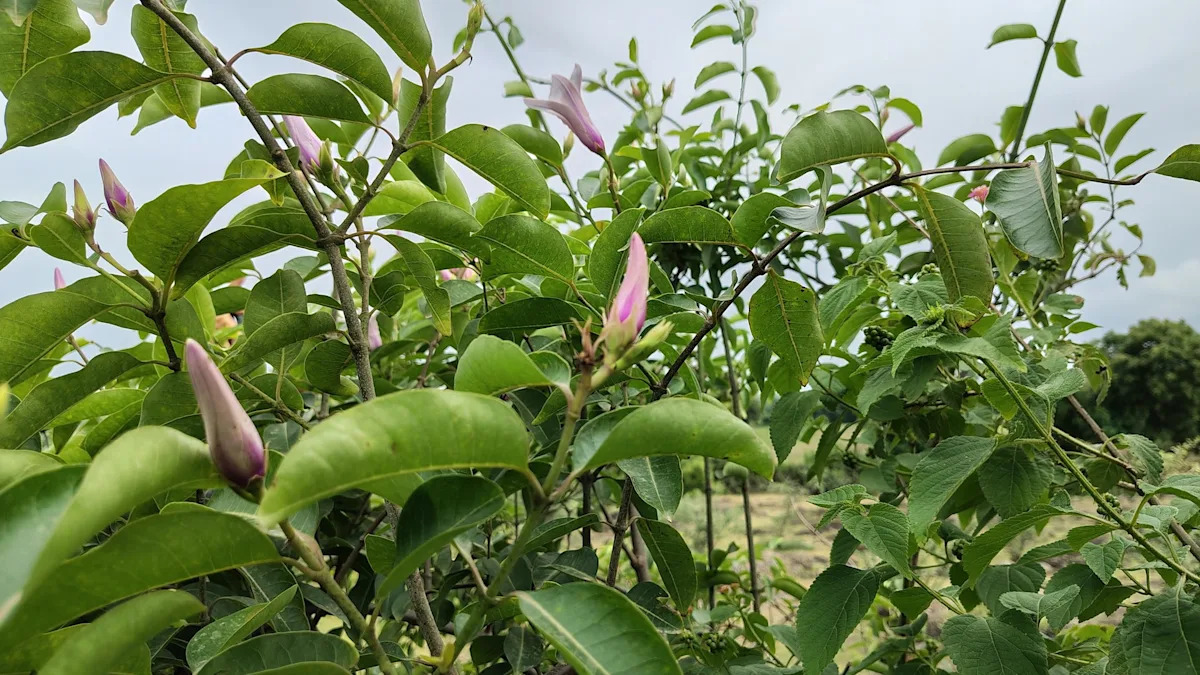Home / Environment / Lockyer Valley Battles Toxic Rubber Vine Outbreak
Lockyer Valley Battles Toxic Rubber Vine Outbreak
18 Nov
Summary
- Rubber vine, a highly toxic invasive plant, has returned to Lockyer Valley, Queensland after 50 years
- Rubber vine can outcompete native species and is deadly to grazing livestock
- Officials are working to contain the infestation and urge residents to report any sightings

Authorities in Lockyer Valley, Queensland are on high alert as they confront the resurgence of a destructive and toxic invasive plant that has not been seen in the region for over 50 years. The plant in question is rubber vine, a climbing vine or shrub that can rapidly outcompete native species and pose a grave danger to grazing livestock.
The discovery of rubber vine in Lockyer Valley has been described as "quite concerning" by Pest Management Portfolio Councillor Cheryl Steinhardt, who emphasized the seriousness of the situation. Rubber vine is considered one of the worst weeds in Australia due to its invasive nature, potential for rapid spread, and significant economic and environmental impacts.
Officials are now working closely with Biosecurity Queensland to manage the infestation and prevent it from taking hold. They are notifying nearby property owners, advising outdoor workers to be on the lookout, and urging residents to report any potential sightings of the plant. Rubber vine is known to thrive in moist areas near dams, waterways, and drainage lines, making the Lockyer Valley region particularly vulnerable.
The reemergence of this toxic plant poses a grave threat to the local ecosystem and livestock. Rubber vine can quickly dominate landscapes, smothering native vegetation, blocking sunlight, and destroying wildlife habitats. Furthermore, ingesting even small amounts of the plant can cause heart failure or sudden death in grazing animals such as cattle, sheep, goats, and horses.
Controlling and eradicating rubber vine is a challenging and costly endeavor, often requiring repeated professional treatments and manual removal. That is why early detection and a rapid response are crucial in preventing the further spread of this invasive species and protecting the region's natural resources.




